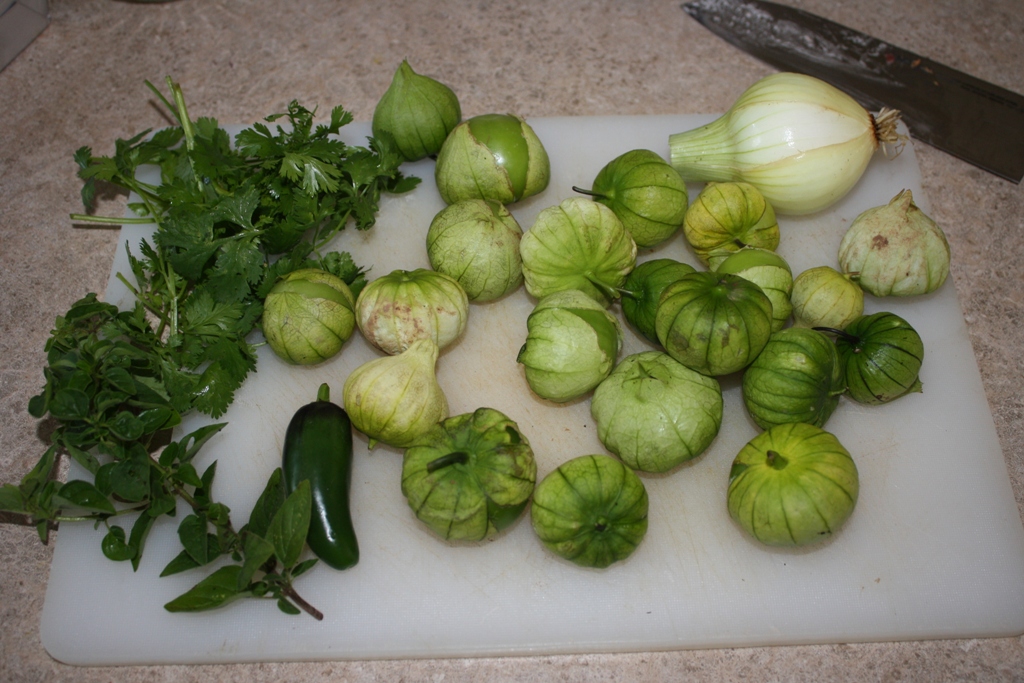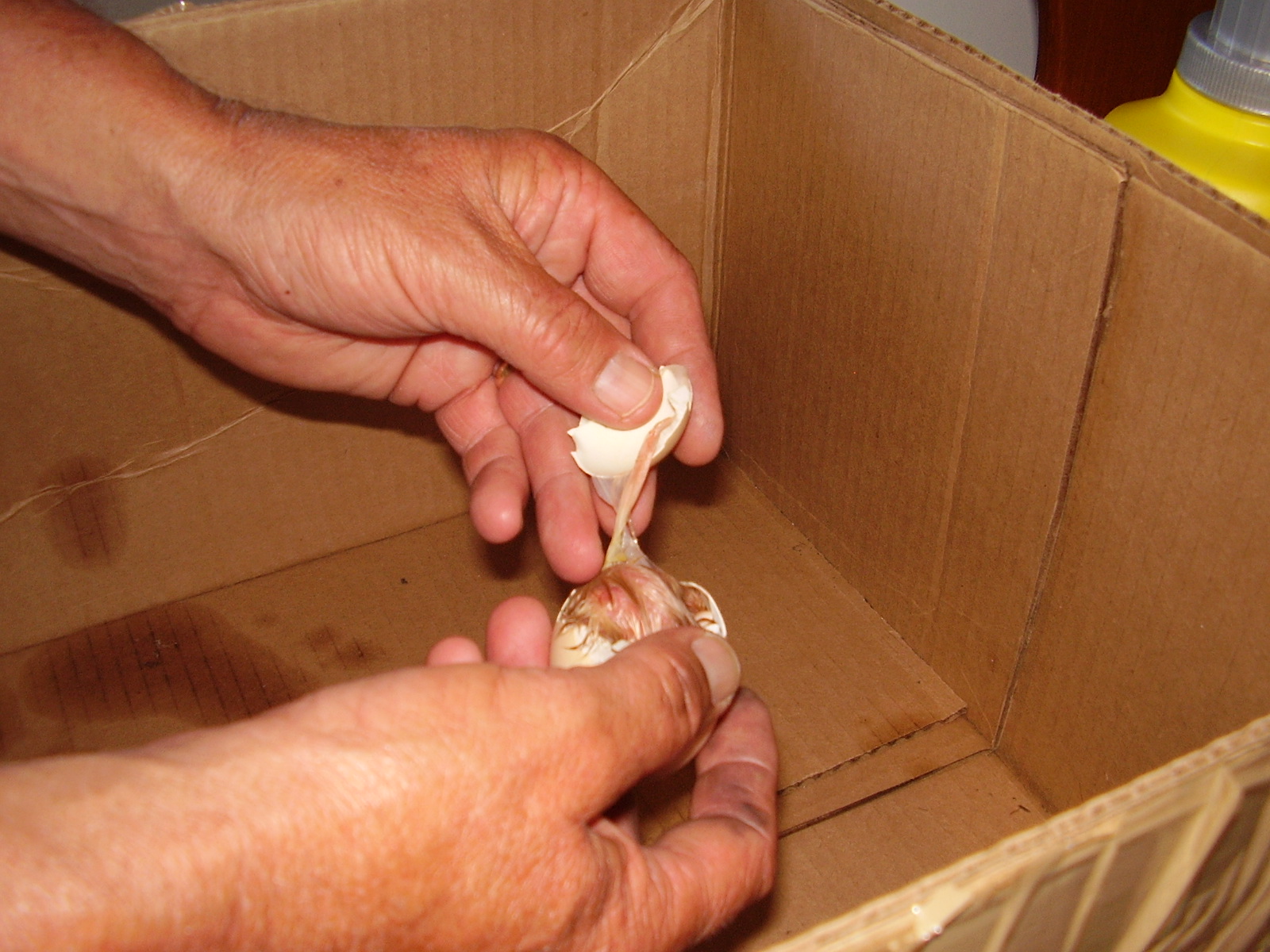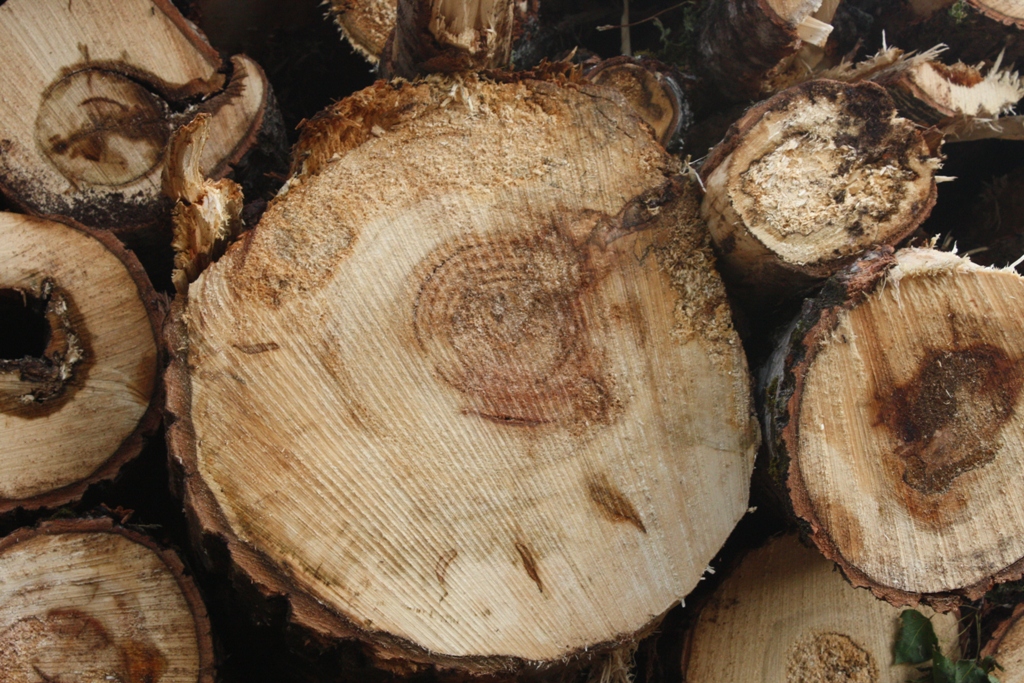At ten o’clock in the morning, the chairs on the front deck are shaded. In July, you couldn’t sit out during the day, it was so hot, but now the cat is curled up in one of those chairs on a yellow towel laid down earlier to soak up a heavy dew. She will catnap in cool comfort until the sun passes between the maple tree and the birch.
The sun is lower in the sky now and it doesn’t take The Farmer’s Almanac to know that summer is slipping away. Blue herons gather along the shoreline in the outer basin of Pugwash harbour and this year’s osprey hatchlings are gone from the nest near our home, building strength for nex t month’s migration south by fishing the River Philip. The sunflowers and rudbeckia are in glorious blossom while lilies die out and the wild asters growing around the chicken coop raise their fuzzy purple faces towards a sun drooping in the sky.
When I walk into my husband’s garage, I say, “Your pet cricket is chirping,” and so it is apt that naturalist and writer Harry Thurston of Tidnish Bridge writes about “the cricket-enchanted days of August”. If that is the way August sounds, then this is the way it smells: golden and spicy. This year, a quiet hurricane season, August is reminding me of the month of my Ontario childhood: hot and dry yet swollen with the culmination of all that is summer, when we try to cram every last moment into the loosening days and the star-blazing nights. August reflects our urge to gather and enjoy to the fullest. It is the month of harvest, the month when the labour and hope of June, and the watering and anticipation of July produce a cornucopia of eye-dazzling flowers and homegrown vegetables.
Growing up, vegetable gardens existed on the periphery of my existence. My clearest childhood memories are these three: skipping under the long arbour of raspberries canes in Grandma and Grandpa George’s yard; standing on the bottom slat of the white fence surrounding my grandparents huge and tidy garden; and watching great-uncle Everett in his straw hat stooped over in his garden at the cottage. It is possible, apparently, to develop a late-onset joy and appreciation for a vegetable garden. Better late than never.
I was 37 years old when I dug up a potato for the first time. Six years ago, during my first summer as a resident of Nova Scotia, the vegetable garden was entirely my husband’s domain because my early attempts at picking carrots or beets yielded nothing but greens and the teeniest roots. I stopped helping myself for fear of decimating his hard work.
But potatoes I figured I could handle; we’d been eating them for weeks so how hard could it be to find them? The first plant came out of the ground with a potato nub the size of my pinkie hanging off it. I pulled up another plant. Nothing. Not even a nubbin.
I called my country boy at work.
“I want to get potatoes out of the garden before it rains,” I said to him, the forecast calling for 20 mm of post-tropical storm precipitation, “but when I pull the plants up, there’s nothing there.”
A sigh wafted through the phone line.
“They aren’t like carrots and beets, dear. You take your little garden rake, that hand-held one you use, and dig around in the dirt. They should just come rolling out.”
So little rake in hand, back to the garden I went. I knelt down by the spot where I’d yanked out the first plant and stuck my rake into the dry dirt. One stroke. No potato. Another stroke and out popped this lovely round yellow potato. Excitement bubbled up inside and splurted out my mouth in a loud, giggling shriek.
Like I was a five year old kid.
I raked some more and two more potatoes popped out of the soil. I was digging up potatoes! There I was, kneeling in a garden near a river in rural Nova Scotia, digging potatoes out of the ground in order to take them into the house, wash them off and boil them for supper.
In 1959, John Updike wrote a poem entitled, “Hoeing” in which he expresses his fear that the younger generation will not know the pleasure, and importance, of the task. The poem closes with these lines: “Ignorant the wise boy who/has never performed this simple, stupid, and useful wonder.”
Ignorant the wise girl who has never dug potatoes out of the dirt.
Every time I walk across the yard to the garden to pick a vegetable, or three, for supper, with the late afternoon sun warming my skin, I want to stop, hold onto this month with both hands, slow it down, capture the lazy ripeness of August and make it last a little longer than 31 golden days.
For now are the last days to harvest the little jewels we long for all winter: the joy of discovery, the irreplaceable lushness of rural life, the appreciation of producing our own food.
The enchanted days of August.




















































